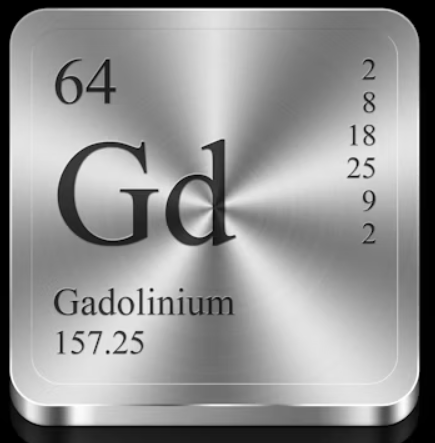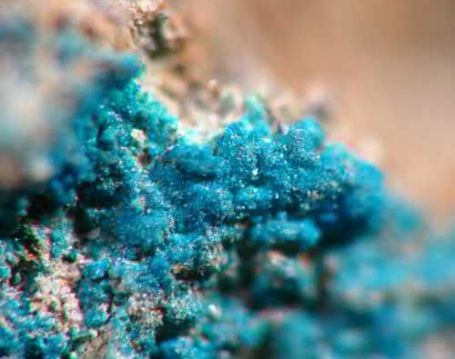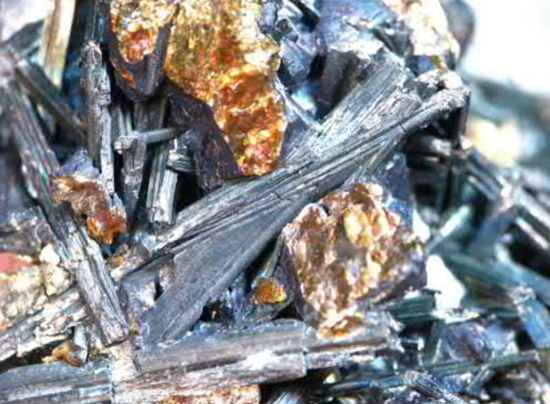Gadolinium:Discovery,Minerals,Uses,Safety
Gadolinium is a silvery-white metal when oxidation is eliminated. It is only slightly malleable and is a ductile REE. Gadolinium reacts with atmospheric oxygen or moisture slowly to produce a black surface coating. Gadolinium below its Curie point of 20℃ is ferromagnetic, with an attraction to a magnetic field higher than that of nickel. Above this temperature, it is the most paramagnetic element.

Discovery
Gadolinium is named after the mineral gadolinite ((Ce, Y)2FeBe2Si2O10), which was named after Finnish chemist, physicist, and geologist Johan Gadolin (June 5, 1760 to August 15, 1852). De Marignac ultimately isolated a mineral oxide from cerite, which he understood was the oxide of this new element. He called the oxide “gadolinia.”Since he understood that “gadolinia” was the oxide of a new element, the discovery of gadolinium is generally attributed to him. The French chemist Paul Emile Lecoq de Boisbaudran (April 18, 1838 to May 28, 1912) managed to obtain the gadolinium metal from gadolinia in 1886.
Major minerals
Gadolinium is a constituent in many minerals such as monazite and bastna¨site. The metal is too reactive to exist naturally as a native element. Only three carbonate minerals are known with gadolinium in their chemical composition, lepersonnite-(Gd) (Ca(Gd,Dy)2(UO2)24(SiO4)4(CO3)8(OH)24•48H2O), lokkaite-(Y) (Ca(Y,Gd,Nd,Dy)4(CO3)7•9H2O), and schuilingite-(Nd) (PbCu(Nd,Gd,Sm,Y)(CO3)3(OH)•1.5H2O).

Uses
Gadolinium has no large-scale uses, but it has several specialized applications. Since 157Gd possesses a high neutron cross-section, it is utilized to target tumors in neutron therapy. Gd is effective for use with neutron radiography and in shielding of nuclear reactors. It is uniquely suited for this purpose with two isotopes, 155Gd and 157Gd, that have excellent neutron-absorbing capabilities. Gd is also utilized in nuclear marine propulsion systems as a burnable poison. Gd compounds were also used for making green phosphors for color TV tubes.
Safety
As a free ion, gadolinium is reported often to be highly toxic, but MRI contrast agents are chelated compounds and are considered safe enough to be used in most persons. The toxicity of free gadolinium ions in animals is due to interference with several calcium-ion channel-dependent processes.


